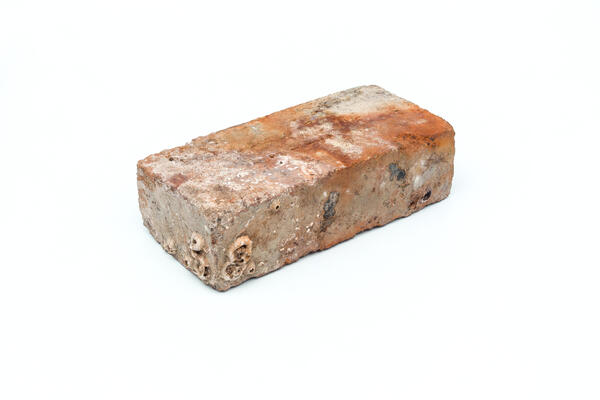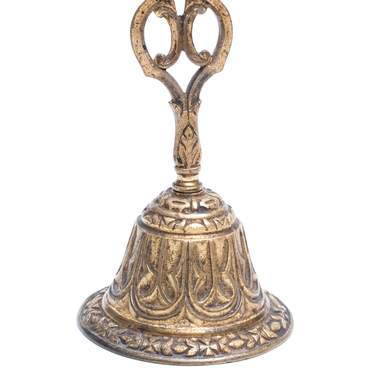The Ulyanovsk Museum of Local History named after Ivan Goncharov houses a red fire brick made of baked clay. It was retrieved from the sunken Russian frigate Pallada, which is located in the Postovaya bay, the town of Sovetskaya Gavan, Russian Far East. It was then brought to Ulyanovsk, where it was included in the exhibition of the Ulyanovsk Museum of Local History named after Ivan Goncharov.
The Pallada frigate is one of the most famous vessels of the Imperial Russian Navy. She was heaved off on September 1, 1832, in the Okhta shipyard based in Saint Petersburg. The ship was named in honor of the Greek goddess and Zeus’ daughter Athena Pallas (“Pallada” is the Russian spelling of “Pallas”), associated with wisdom, art and warfare.
The frigate was built at the order of Nicholas I under the supervision of the shipwright Veniamin Stokke. The Pallada frigate was intended for use by members of the Russian imperial family on diplomatic missions. The ship was assigned to the command of Captain Pavel Nakhimov — the future admiral and Chief of the Russian Black Sea Fleet Division during the Crimean War from 1853 to 1856.
Nowadays the Pallada frigate would be considered quite small — her hull was only about 53 meters long. The interior width was 13 meters, and the vessel draft — 7 meters. The frigate moved at a speed of 12 knots, which is more than 22 km per hour.
From 1852 to 1854, Ivan Goncharov took part in the Vice-Admiral Evfimiy Putyatin-led diplomatic mission on board the Pallada frigate. The mission’s objective was to establish diplomatic and trade relations with Japan, then a closed country.
The negotiations continued for eight months, from August 1853 to April 1854, but eventually had to be postponed because of the outbreak of the Crimean War. The Pallada frigate was supposed to either join the Kamchatka Military Flotilla or return to Kronstadt. Neither of those options appeared possible, for the ship required repairs for active service, but there were no fit shipyards for that in the Far East. So, she was left in the Postovaya bay until the orders were received to scuttle her in January 1856.
There were several attempts to raise the frigate, which all proved unsuccessful. In 1989, the expedition organized by the Central Committee of the Komsomol was able to retrieve some metal and wood debris of the ship, as well as twenty fire bricks.
The Pallada frigate is one of the most famous vessels of the Imperial Russian Navy. She was heaved off on September 1, 1832, in the Okhta shipyard based in Saint Petersburg. The ship was named in honor of the Greek goddess and Zeus’ daughter Athena Pallas (“Pallada” is the Russian spelling of “Pallas”), associated with wisdom, art and warfare.
The frigate was built at the order of Nicholas I under the supervision of the shipwright Veniamin Stokke. The Pallada frigate was intended for use by members of the Russian imperial family on diplomatic missions. The ship was assigned to the command of Captain Pavel Nakhimov — the future admiral and Chief of the Russian Black Sea Fleet Division during the Crimean War from 1853 to 1856.
Nowadays the Pallada frigate would be considered quite small — her hull was only about 53 meters long. The interior width was 13 meters, and the vessel draft — 7 meters. The frigate moved at a speed of 12 knots, which is more than 22 km per hour.
From 1852 to 1854, Ivan Goncharov took part in the Vice-Admiral Evfimiy Putyatin-led diplomatic mission on board the Pallada frigate. The mission’s objective was to establish diplomatic and trade relations with Japan, then a closed country.
The negotiations continued for eight months, from August 1853 to April 1854, but eventually had to be postponed because of the outbreak of the Crimean War. The Pallada frigate was supposed to either join the Kamchatka Military Flotilla or return to Kronstadt. Neither of those options appeared possible, for the ship required repairs for active service, but there were no fit shipyards for that in the Far East. So, she was left in the Postovaya bay until the orders were received to scuttle her in January 1856.
There were several attempts to raise the frigate, which all proved unsuccessful. In 1989, the expedition organized by the Central Committee of the Komsomol was able to retrieve some metal and wood debris of the ship, as well as twenty fire bricks.



